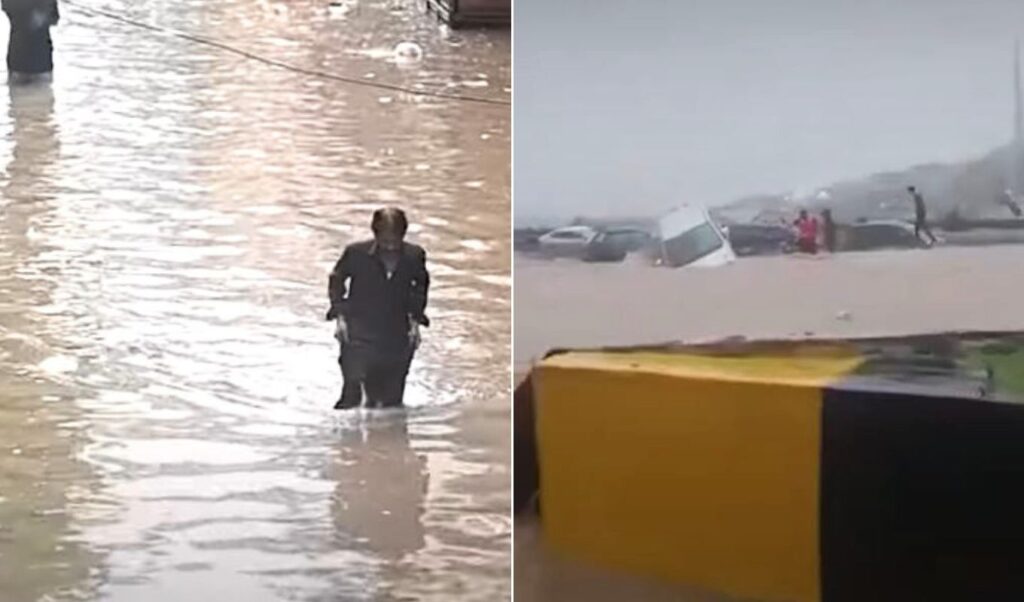More than 180 people – nearly half of whom were children – have lost their lives in Pakistan due to severe rainfall, revealing how vulnerable the country is to the impacts of climate change. Just two days ago, at least 54 deaths were recorded, according to the National Disaster Management Authority (NDMA), when heavy rainfall struck the most populous province, Punjab. The torrential rains caused housing collapses and extensive damage to road networks.
Read: USA: Two dead from severe rainfall in New Jersey – Metro flooded in New York (Video)
Since June 26, when the floods began, more than 85 minors have lost their lives, according to official NDMA data. Humanitarian organizations warn that the number of children at immediate risk of drowning or exposure to dangerous diseases is increasing dramatically.
Pakistan: State of emergency declared in Punjab province
Authorities have declared a state of emergency in extensive areas of Pakistan’s Punjab province, while army forces have been deployed to the city of Rawalpindi to assist flood victims. Videos released by provincial authorities document dramatic rescues as waters have flooded vast areas and roads. One of these shows rescuers transporting children in an inflatable boat.
Torrential rains continue to batter Rawalpindi and Pakistan’s capital, Islamabad, with water levels reaching one meter in many areas, while new downpours are expected today, Friday, according to the country’s Meteorological Service. Seven camps have been established across the country, providing food, water, medicine and shelter to flood victims.
Pakistan at the mercy of climate crisis
Pakistan is on the front lines of the human-caused climate crisis. The country of over 230 million inhabitants is being hit by two powerful weather systems – one causing heatwaves and drought, and another causing relentless monsoon rains.
“This isn’t just ‘bad weather’ – it’s a symptom of an accelerating climate crisis,” noted Pakistani senator and former minister for climate and environment, Sherry Rehman on platform X. “How many more wake-up calls do we need before we integrate real resilience and preparedness into our urban planning?” she added.




